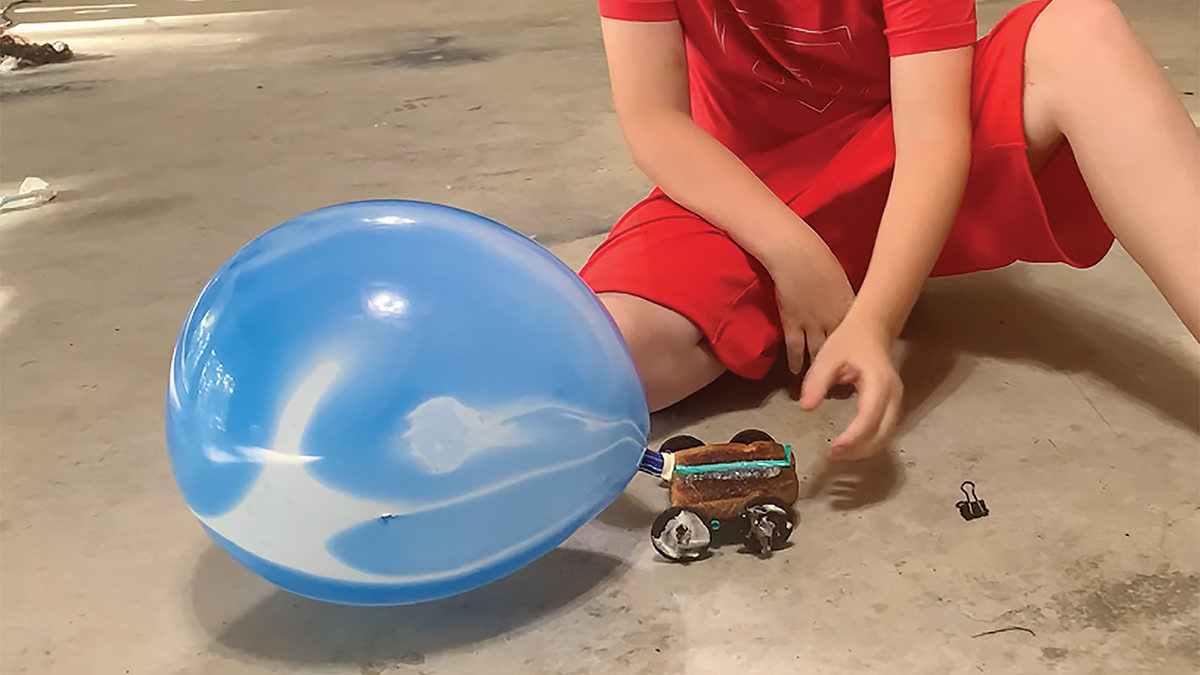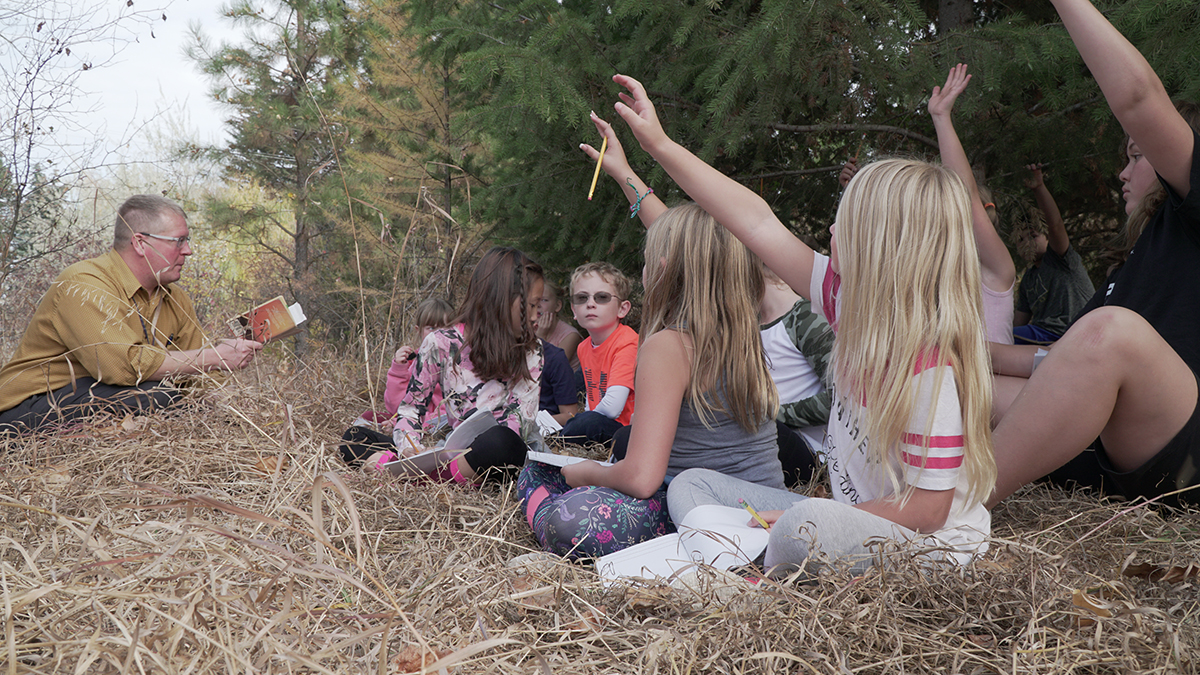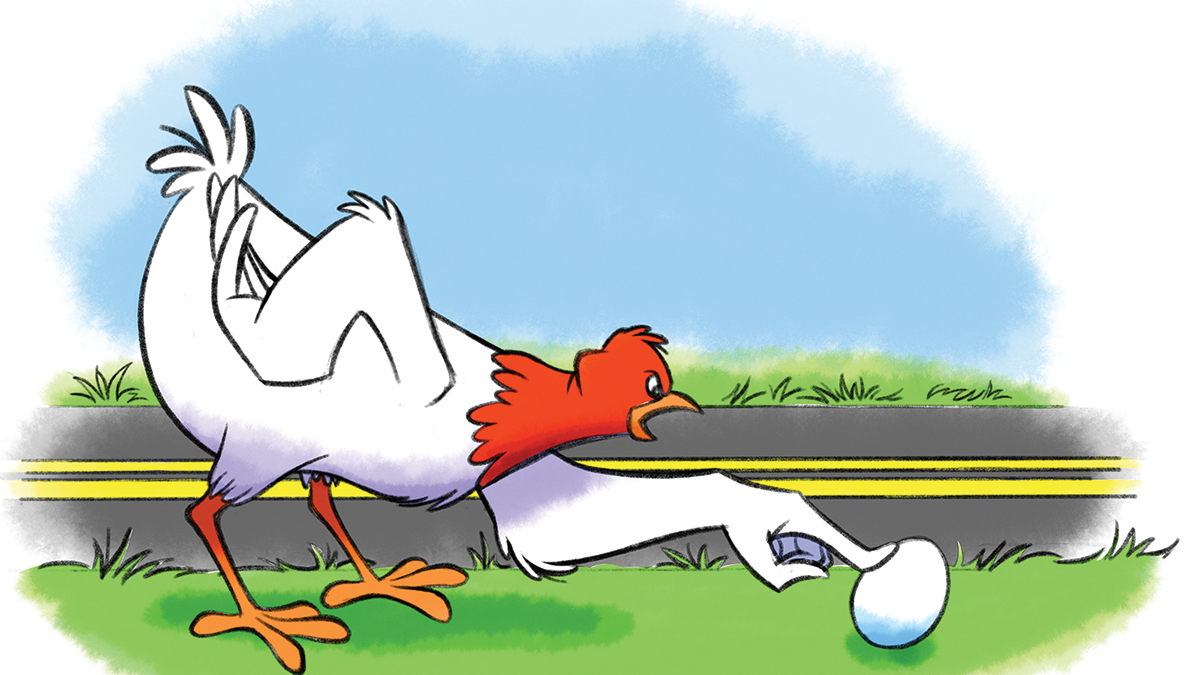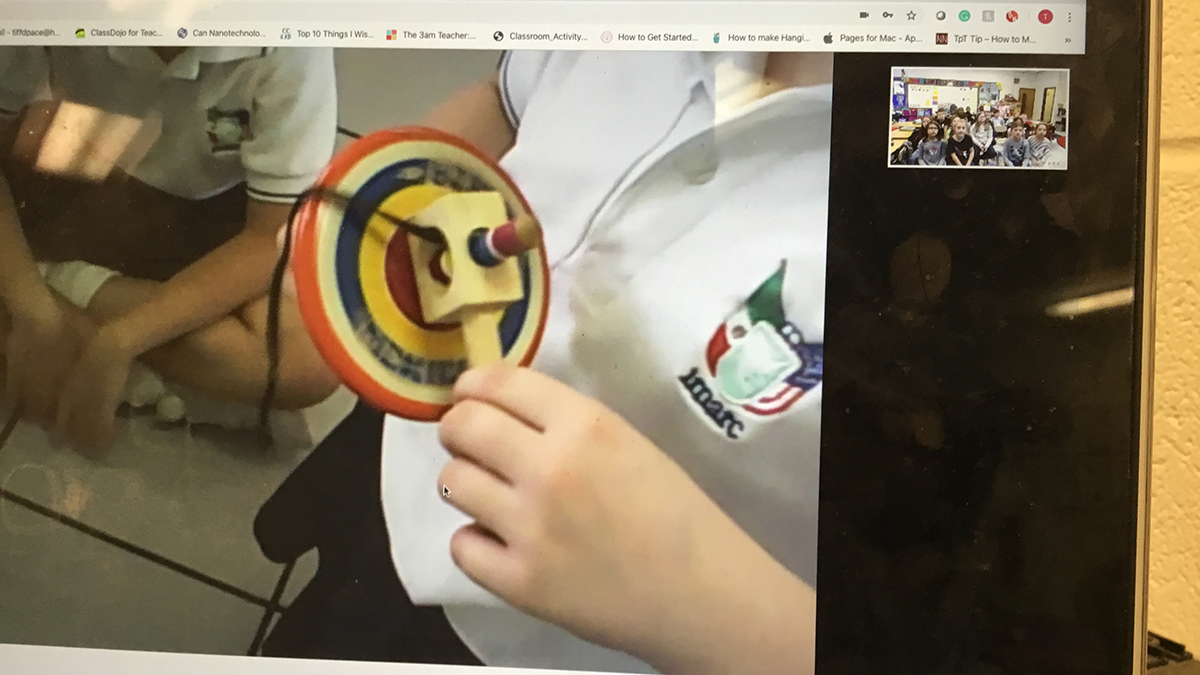Safety Blog
Are Your Lab SOPs in Place for a Safer School Year?
By Ken Roy
Posted on 2021-07-08
formative assessment probes
Concept-Based Probes: The Justified List
Science and Children—July/August 2021 (Volume 58, Issue 6)
By Page Keeley
Start with phenomena
What’s So Phenomenal About Animals?
Using structure and function to explore animal diversity
Science and Children—July/August 2021 (Volume 58, Issue 6)
By Kristen Sinoradzki and TJ McKenna
Methods & strategies
Enhancing the STEM Framework
Combining Science, Technology, Engineering, and Mathematics with Stamina, Transdisciplinarity, Engagement, and Mindfulness prepares students for real-world problems.
Science and Children—July/August 2021 (Volume 58, Issue 6)
By Jennifer A. Manak and Enrique A. Puig
cross-curricular connections
Combining the Old With the New
Using a historical text and a citizen science app to engage student learning
Engineering encounters
Turn Up the Music!
Fourth-grade students explore sound with repurposed objects.
Science and Children—July/August 2021 (Volume 58, Issue 6)
By Caitlyn Lindaberry and Catherine Scott
teaching teachers
Influencing Perceptions of STEM Through the Best STEM Books List
Science and Children—July/August 2021 (Volume 58, Issue 6)
By Scott Bartholomew and Alexia Seymour
science 101
Q: Which Came First—the Chicken or the Egg?
feature
Using Toys to Create a Global Connection
A force and motion investigation brings together third-grade students in the United States and Mexico.
feature
Where in the World?
A Mars Rover globally collaborative STEAM project
Science and Children—July/August 2021 (Volume 58, Issue 6)
By Shazia Iqbal, Jocelyn Miller, and Walter Smith






